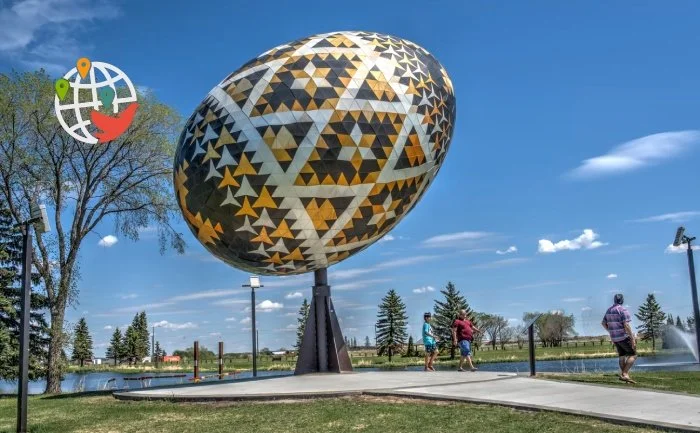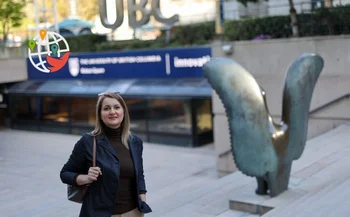Easter in Canada

Good Friday is a non-working holiday; on Easter Monday, part of the country also rests.
Two days before Easter, Christians spend a day in prayer, remembering how Jesus Christ was crucified. This is Good Friday. In English it is called Good Friday, Good Friday. The origin of this name most likely has to do with the reluctance to say the word God, 'God,' in vain.
In Canada, the Good Friday before Catholic Easter is an official holiday in all provinces except Quebec. Residents of New Brunswick, Newfoundland and Labrador, Nunavut, Yukon and Alberta rest on Monday. As Canada's most special province, Quebec allows employers to choose which day off to give to employees: Good Friday or Easter Monday.
Catholic and Protestant believers go to church on Good Friday and Easter Sunday, even if they do not normally attend services. Orthodox also attend church, but later. For example, in 2022, Catholics celebrate Easter on April 17 and Orthodox on April 24. Atheists and believers of other faiths enjoy the day off.
The tradition of baking cross buns on Good Friday was brought to Canada by the British. They are square buns made with currants and spices like cinnamon and nutmeg. The buns are frosted or carved with a cross.
Another Easter tradition is to look for eggs. Eggs symbolize spring, the rebirth of nature. The tradition of eating and dyeing eggs for the feast of spring predates Christianity. The hare or rabbit, as an animal prolific and changing color with the arrival of spring, was a symbol of spring fertility in ancient Germanic culture, the sacred animal of the goddess of spring Ostara.
The tradition from Germany has spread throughout the Western world, so that children and adults in Canada enjoy looking for eggs laid and hidden in the grass by the Easter bunny. There are both large events where people are invited to the park to look for Easter eggs, and homemade events where people hide eggs in their own gardens.
Quebec has distinguished itself here as well — every year since 1995, on Easter weekend, the Bal en Blanc open-air rave festival has been held here.
Canada has an Easter landmark — the second-largest Easter egg sculpture in the world, a painted egg 9 meters long (you can see it in the illustration to the article). The Vegreville Pysanka is located in the province of Alberta, in the town of Vegreville, where many Ukrainians live. In order to get a grant from the government to make and install the sculpture, the town had to dedicate it to the centennial of the Royal Canadian Mounted Police, which was in 1975.

















